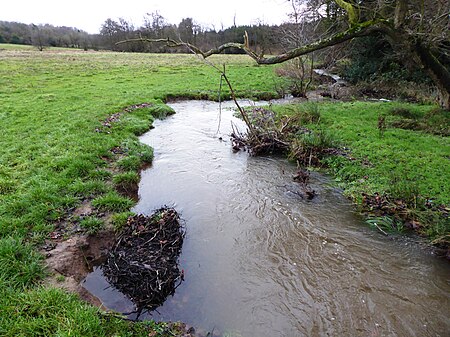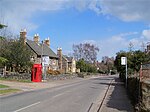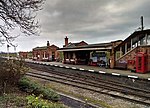List of Sites of Special Scientific Interest in Leicestershire

Leicestershire is a county in the East Midlands of England with an area of 833 square miles (2,160 km2), and a population according to the 2011 census of 980,000. Leicester City Council is a unitary authority, and the rest of the county is administered by Leicestershire County Council at the top level, with seven district councils in the second tier, Blaby, Charnwood, Harborough, Hinckley and Bosworth, Melton, North West Leicestershire and Oadby and Wigston.In England, Sites of Special Scientific Interest (SSSIs) are designated by Natural England, a non-departmental public body which is responsible for protecting England's natural environment. Designation as an SSSI gives legal protection to the most important wildlife and geological sites. As of January 2018, there are seventy-six SSSIs in the county, fifty-seven of which are designated for their biology, twelve for their geology and seven for both criteria. There are nineteen Geological Conservation Review sites, six Nature Conservation Review sites, one Special Area of Conservation, three national nature reserves, two are common land, and three contain scheduled monuments. One site is a local nature reserve, thirteen are managed by the Leicestershire and Rutland Wildlife Trust, and one by the National Trust. The largest site is Bradgate Park and Cropston Reservoir at 399.3 hectares (987 acres). It has rocks dating to the Ediacaran period around 600 million years ago, and is very important for the study of Precambrian palaeontology. The smallest is Gipsy Lane Pit at 0.5 hectares (1.2 acres), which is important to mineralogists as it is rich in sulphides, some of which are unidentified.
Excerpt from the Wikipedia article List of Sites of Special Scientific Interest in Leicestershire (License: CC BY-SA 3.0, Authors, Images).List of Sites of Special Scientific Interest in Leicestershire
Main Street, Charnwood Swithland
Geographical coordinates (GPS) Address Nearby Places Show on map
Geographical coordinates (GPS)
| Latitude | Longitude |
|---|---|
| N 52.716666666667 ° | E -1.1833333333333 ° |
Address
Main Street
LE12 8QB Charnwood, Swithland
England, United Kingdom
Open on Google Maps









